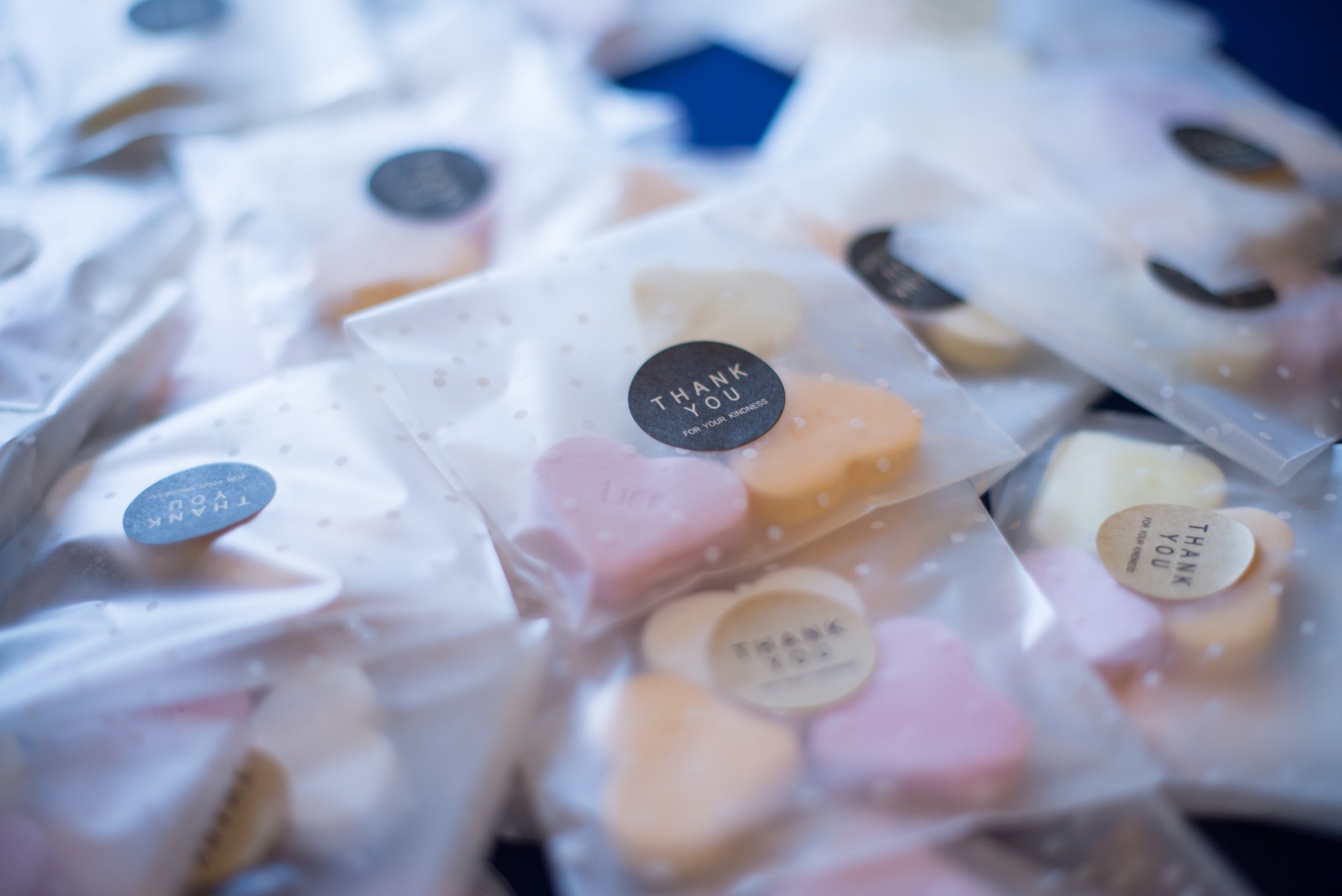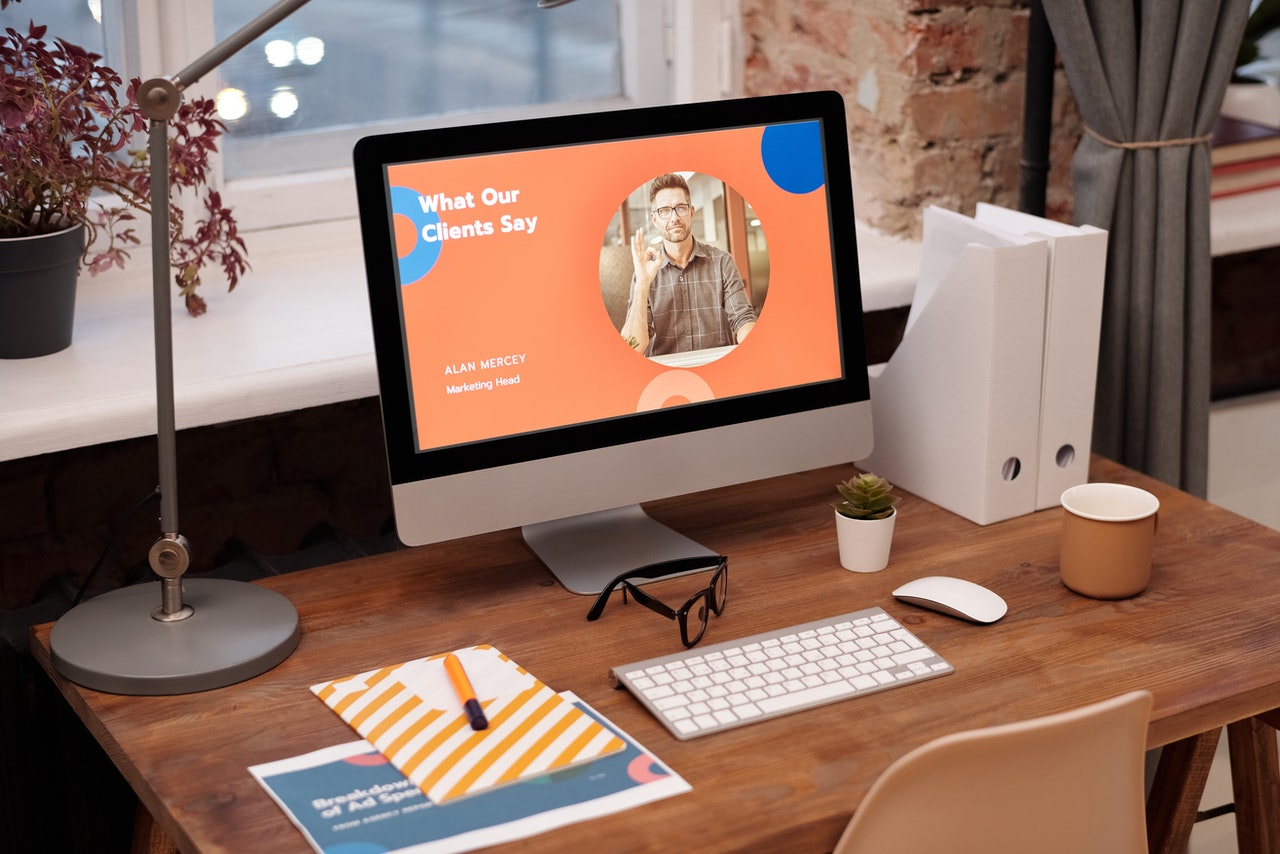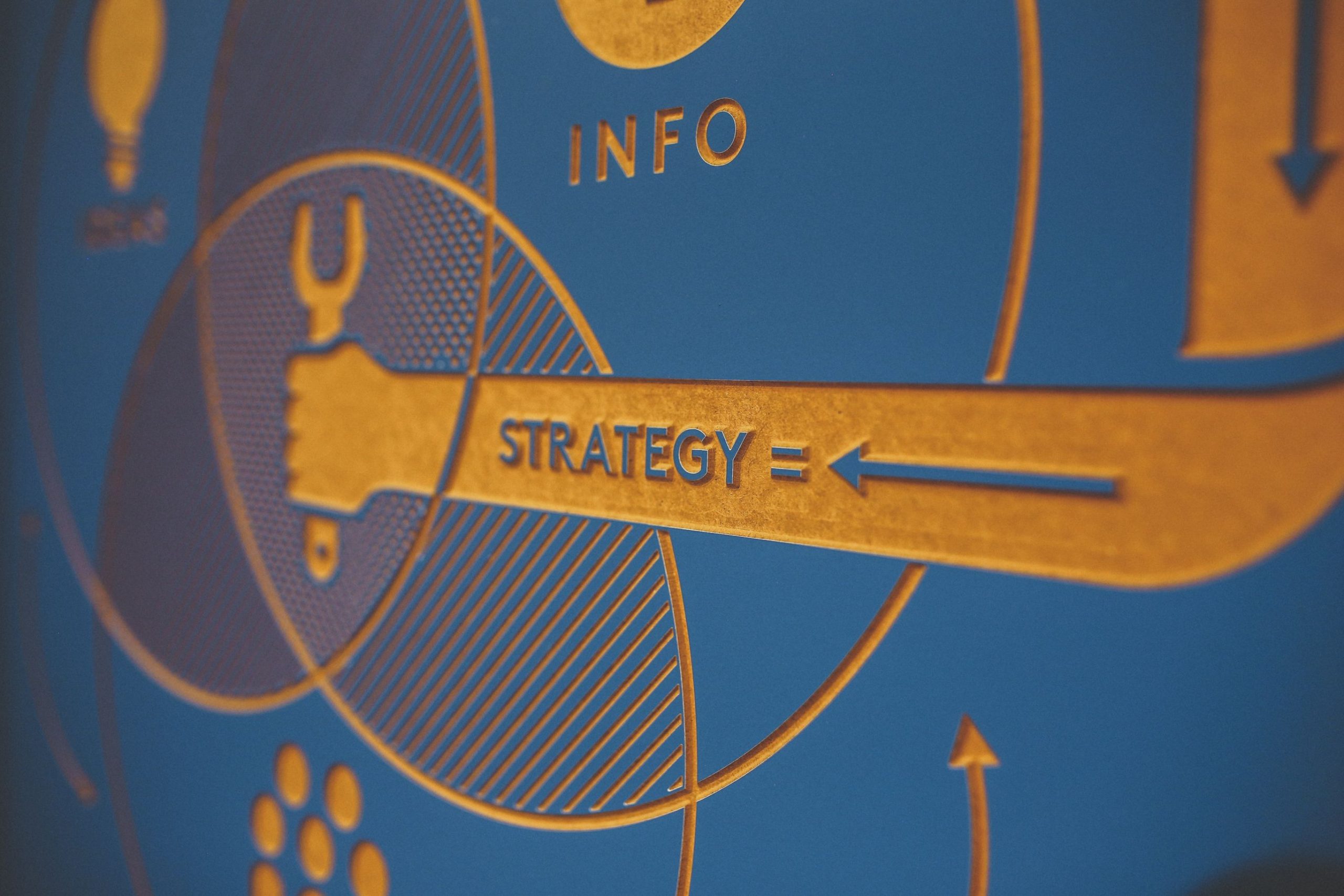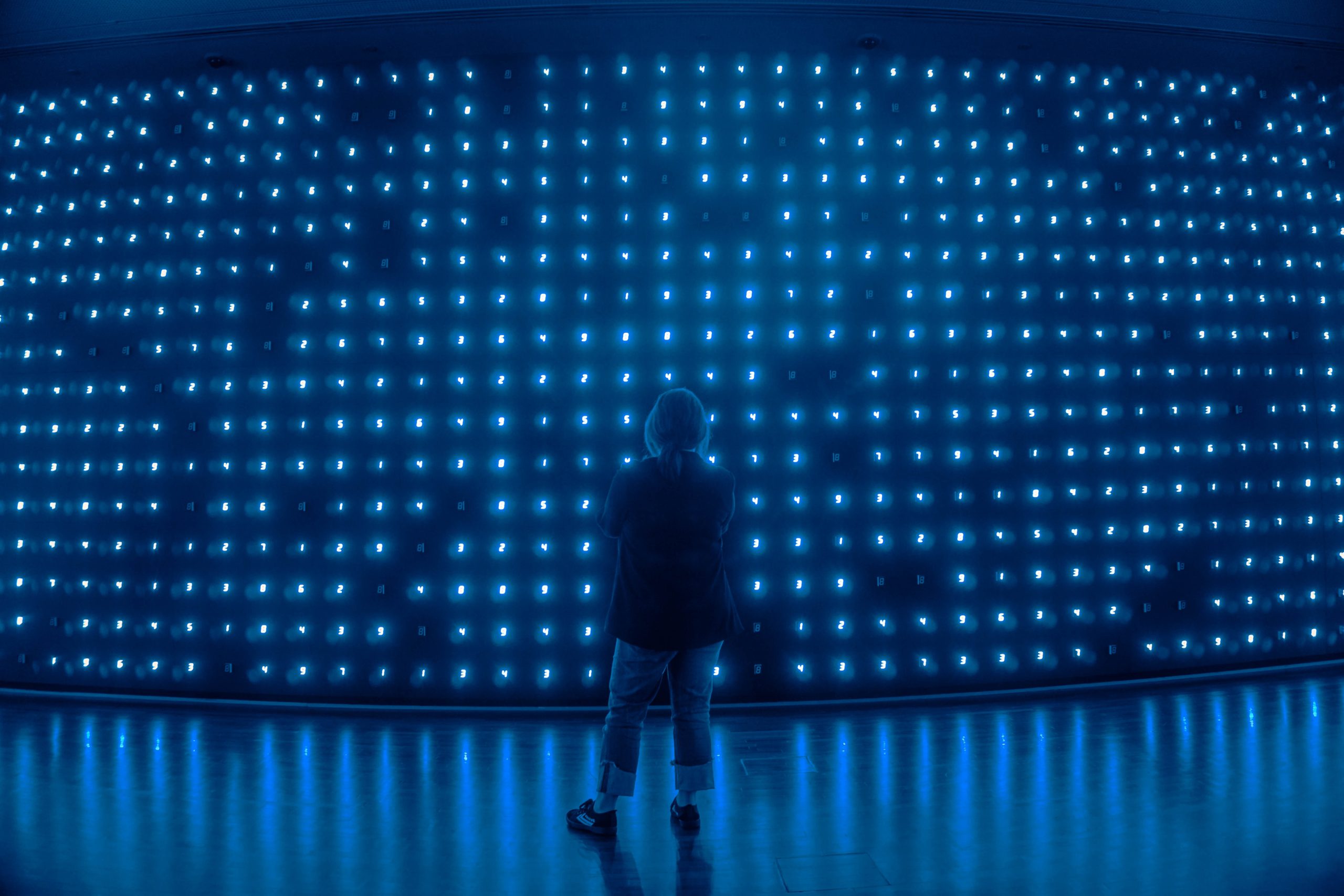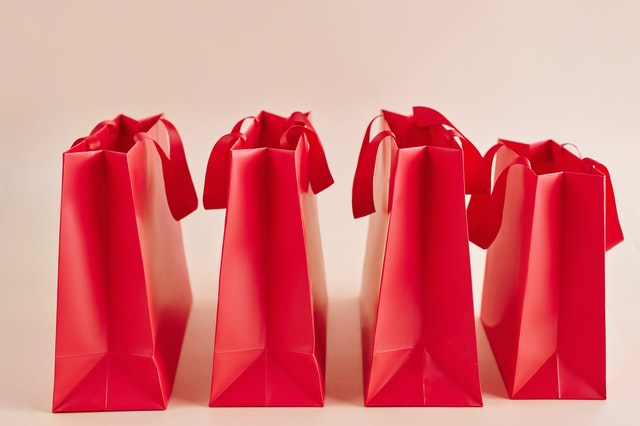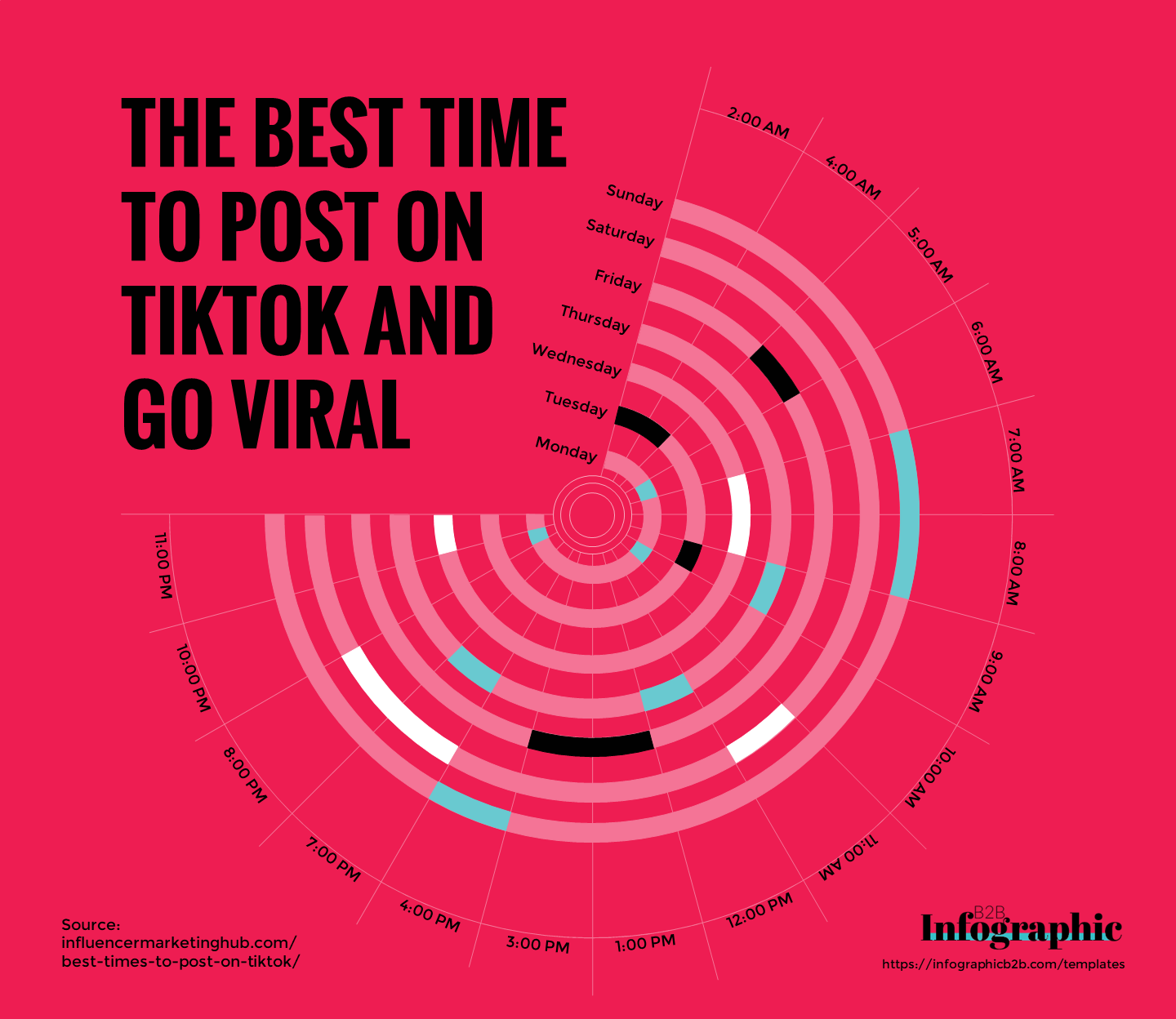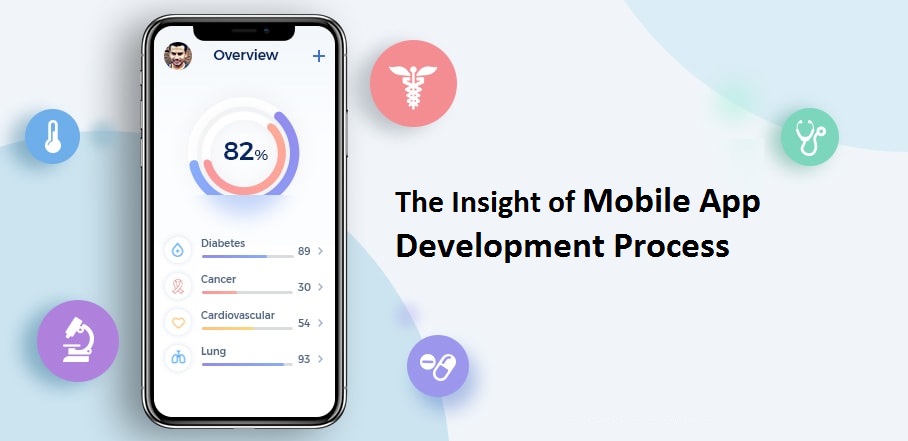An item’s packaging may seem like a relatively minor selling point. However, it can strengthen your brand image, make people choose your product over other options and provide other notable advantages.
Here are six compelling reasons why strategic packaging choices could make it easier to market your product and catch people’s attention.
1. It Highlights Sustainable Efforts
A 2018 survey found that 63% of consumers were more likely to buy products with paper or cardboard for the packaging because they could reuse it. Giving shoppers something they can use for another purpose is particularly important if sustainability is one of your brand’s primary values. Then, you can reinforce that sustainability is not just a buzzword for you, but something your company actively does.
Such is the case with Lush, which sells fresh and handmade body products. When the brand created its advent calendar, reusability was a top concern.
Emma Caswell, who was part of the product’s design team, said, “We thought that if we were going to create an advent calendar, we should focus on making it as reusable as possible so that it would be used again and again throughout the year and would become something the customer wanted to keep out on display.”
The calendar’s goodies nest inside a handmade cardboard box featuring a vibrant pattern, plus ribbon made from recycled bottles. Its sturdy build succeeds in offering people something they can use after the holidays. These choices match Lush’s ethos, especially since it has long offered an in-store recycling program where people can exchange their empty containers for a new bath product.
2. It Capitalizes on Societal Trends
We are living in the middle of a selfie phenomenon. It’s hard to walk through any crowded public place — especially a well-known destination — without seeing at least a few people posing for selfies.
A researcher studied thousands of smartphone photos to see what amateur photographers snapped and why. He found that women took 8.6 times more selfies than men. Females were also 3.5 times more likely to photograph their possessions.
What if a marketing campaign simultaneously addressed the desire to snap selfies and the stuff that someone owns? The Japanese company behind a sunblock called Skin Aqua did just that. It printed the packaging text backwards to make it readable if someone took a selfie with the product while standing in front of a mirror. The lotion has an ingredient to leave the skin with a pearl-like sheen, and brand representatives realized that their target demographic loved taking selfies.
You may not go to the extent of printing the text on your packaging backwards, but it is worth seeing if there are creative ways you could capitalize on the selfie phenomenon. After all, if people take selfies of themselves with the product, they’re naturally helping to spread the word about it.
3. It Reduces Packaging-Related Frustrations
Packaging should ideally make people think of your product favorably. Unfortunately, some products are so hard to open that they sparked new terms for the problem — wrap rage or packaging frustration.
Utility is an important part of packaging design, sometimes even more so than the product itself. One useful tip is to make the product’s package user-friendly. Consider making it easy to open, or think about how the box’s design could support how people use the item.
One company leader realized that its single-use packages for medical products could help people who may otherwise have difficulty opening them due to arthritis or other challenges. People can get to the contents by using a one-handed technique. The brand’s CEO noted that package difficulties could cause medication non-adherence. This could lead to health complications, all because a package doesn’t match their capabilities.
Making a package re-closable could also cut down on frustrations. Consider a company that makes bags of trail mix that it says are great for road trips. Creating resealable packaging could help people pour our single servings, then close the container to keep it fresh and prevent it from spilling all over the car.
Put yourself in the position of your typical user when determining how to cater to their needs. When a product brings them convenience, they’ll be more likely to repurchase it and recommend it to their friends. However, the opposite could happen if the packaging causes frustration.
4. It Calls Attention to Good Causes
Packaging can also bolster marketing efforts by highlighting worthy causes. Consider the well-known (RED) campaign, which partners with brands to design products that support AIDS assistance in Sub-Saharan Africa. Many of the items themselves have the iconic red hue, such as a Vespa scooter and an iPhone case.
However, the commitment to the campaign often extends to the packaging, too. Aromatherapy spray, candles and lip balm are some of the participating products that feature the red color in their packaging.
Another example that has stood the test of time is the campaign from Dawn dishwashing liquid that featured baby ducks and told people that the company helps save wildlife. That angle gained traction after it emerged that the product worked well for cleaning animals affected by oil spills.
If your company already has a partnership with an organization that’s doing something to help the world, explore how your packaging could draw attention to that fact. Doing so could help you appeal to a new audience segment.
5. It Highlights Collectors’ Opportunities
People also appreciate exclusive packaging, especially if it ties into something they already love. Take Marvel Avengers as an example. The franchise’s finale film grossed $2.8 billion worldwide. Some film analysts think no other movie will accomplish that feat.
Intel tapped into that phenomenon by releasing limited-edition gaming processors with Avengers-themed packaging. Soon after that announcement, the company mentioned that consumers could get a highly anticipated Avengers video game for free if they purchased one of the qualifying processors or processor devices.
The processor packages feature several Marvel characters that stand out as people browse the shelves of a technology retailer. Plus, if a person is both an Avengers superfan and a gamer, they might plan their purchase of new equipment to take advantage of that Intel promotion.
Another possibility that could add momentum to your marketing campaign is to offer several versions of packaging for more affordable products. Some consumers will specifically try to collect all the options, which could boost your profits.
Consider the recent example when CLIF BAR packages featured real-life female athletes in the design for the first time in the company’s 28-year history. Energy bars are typically reasonably priced snacks, and you can imagine scenarios where people might specifically visit retailers looking for the packaging that showcases their favorite sports superstars.
6. It Addresses the World’s Plastic Problem
Statistics indicate that plastic in the world’s oceans could total 29 million metric tons by 2040 — nearly triple the current amount — unless decisive action occurs. Many people know about the issues associated with excessive plastic usage, and how the discarded material often ends up in the wrong places. However, they often feel discouraged because the problem seems too substantial to tackle.
Packaging designers are starting to make headway, and their efforts represent something you could bring attention to in a marketing campaign. Some engineers believe the best approach is to create a situation where people don’t have to throw the packaging away, and can eat it, instead.
For example, Notpla is a London-based startup specializing in edible, biodegradable packaging made from seaweed. Company representatives say it breaks down in less than six weeks if people decide to throw it away rather than chowing down on it.
So far, the company partnered with an energy drink brand to help sporting event participants stay hydrated without waste. It also teamed up with a food delivery company to provide greaseproof and compostable meal containers.
Your company may not have the in-house tech know-how to try a plastic-free approach, and that’s OK. The alternative is to depend on the expertise from one of the pioneering companies that aim to help people reduce their reliance on plastic. Then, you can spread the word about the partnership and show consumers that your company is serious about paving the way to a future with less plastic.
Prioritize Your Packaging
These six packaging design examples shed light on why the choices you make can encourage people to purchase and drive interest in your brand. Instead of treating the package like an afterthought, explore how to feature it in every part of your marketing campaign.
Doing that shows consumers that you put thought and effort into catering to their needs and want to make the package as appealing as the product itself.
Related Posts
Devin Partida writes about topics concerning tech and the internet. She is also the Editor-in-Chief of ReHack.com.
